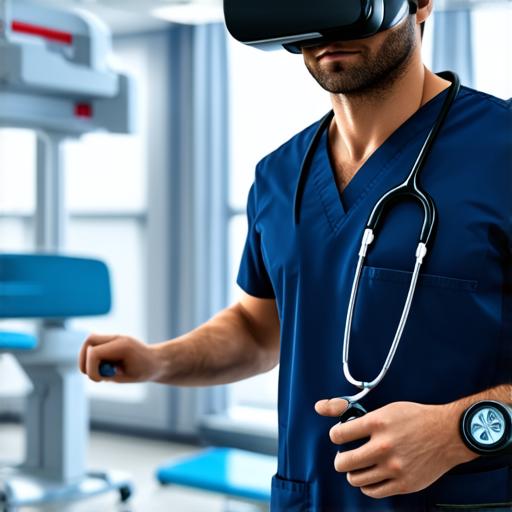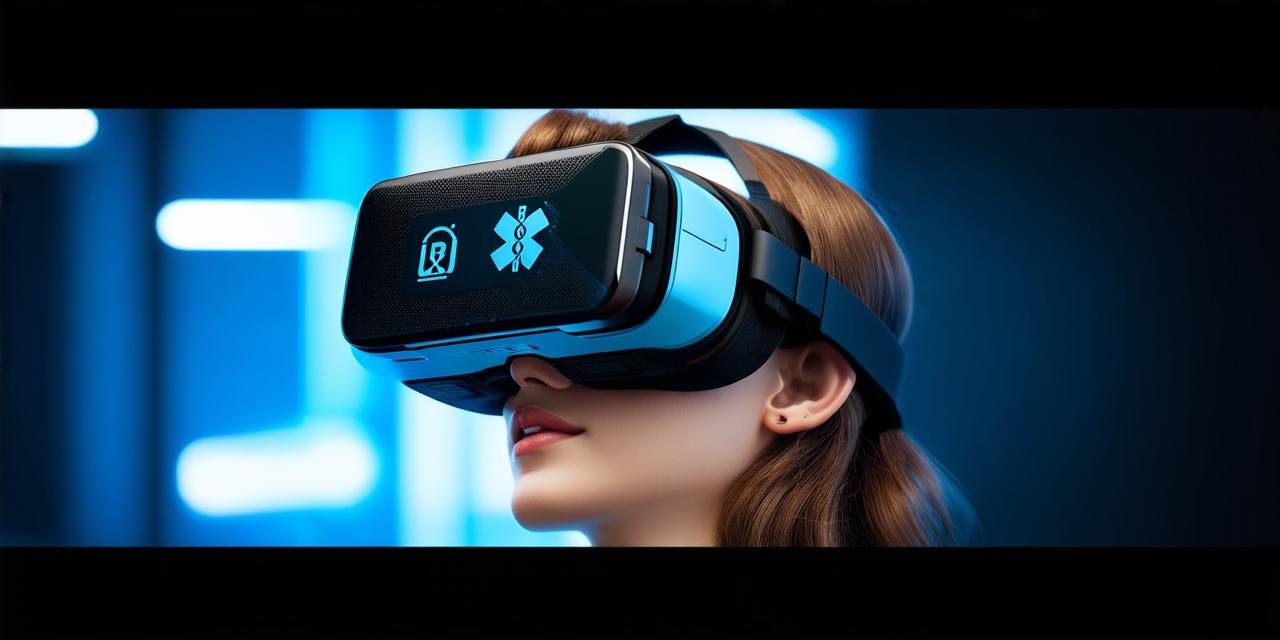Virtual reality (VR) technology is revolutionizing the healthcare industry by providing immersive experiences that can help medical professionals improve their skills and provide better patient care. In this article, we will explore the significance of VR in healthcare and how it is being used to transform medical training and treatment.
Medical Training with VR
Virtual reality provides a safe and controlled environment for medical professionals to practice their skills without putting patients at risk. With VR, doctors and nurses can simulate real-life scenarios such as surgeries, patient care, and emergency procedures, allowing them to hone their skills in a risk-free environment.
This not only improves the quality of care but also reduces the chances of medical errors and malpractice claims. One example of VR being used for medical training is the Surgical Rehearsal System (SRS) developed by Medtronic. The SRS allows surgeons to practice complex surgical procedures in a virtual environment, providing real-time feedback and guidance from expert surgeons.
This system has been shown to improve surgical outcomes, reduce surgery times, and lower the risk of complications. Another example is the use of VR for nursing training. Nurses can use VR simulations to practice patient care, such as administering medication or performing wound care.
This not only improves their skills but also reduces the stress and anxiety that comes with caring for patients.
Virtual Reality in Patient Care
Virtual reality is also being used to enhance patient experiences in healthcare settings. With VR, patients can escape the discomforts of traditional medical treatments and immerse themselves in a more comfortable and relaxing environment.
For example, VR can be used for pain management during procedures such as surgery or radiation therapy. Patients can use VR headsets to distract themselves from pain and focus on a more pleasant experience. Studies have shown that VR-assisted pain management can reduce the amount of opioids needed and improve patient satisfaction.

Virtual reality can also be used for physical rehabilitation. With VR, patients can perform exercises in a virtual environment that mimics real-life scenarios, providing a more engaging and motivating experience. This not only improves patient outcomes but also reduces the cost of rehabilitation.
Real-Life Examples of VR in Healthcare
There are many real-life examples of how VR is being used in healthcare. One such example is the use of VR for military training. The U.S. Army has developed a VR program called Soldiers in Combat (SIC) that simulates battlefield scenarios, allowing soldiers to train in a safe and controlled environment.
Another example is the use of VR for medical research. Scientists can use VR simulations to study the effects of drugs and treatments on virtual models of the human body, allowing them to test new therapies in a safer and more controlled environment.
Expert Opinions on VR in Healthcare
Many experts in the healthcare industry are excited about the potential of VR to transform medical training and treatment. Dr. Michael Chang, a professor at Stanford University’s School of Medicine, believes that VR can revolutionize surgical training by providing real-time feedback and guidance from expert surgeons. He also notes that VR can be used for pain management during procedures, improving patient outcomes.
Dr. Elizabeth Blackwell, a researcher at the University of Cambridge, believes that VR has the potential to transform physical rehabilitation by providing a more engaging and motivating experience for patients. She also notes that VR can be used for medical research, allowing scientists to study the effects of drugs and treatments on virtual models of the human body.
Conclusion
Virtual reality is changing the landscape of healthcare by providing immersive experiences that can help medical professionals improve their skills and provide better patient care. With VR, doctors and nurses can practice complex procedures in a safe environment, and patients can escape discomforts during medical treatments.
